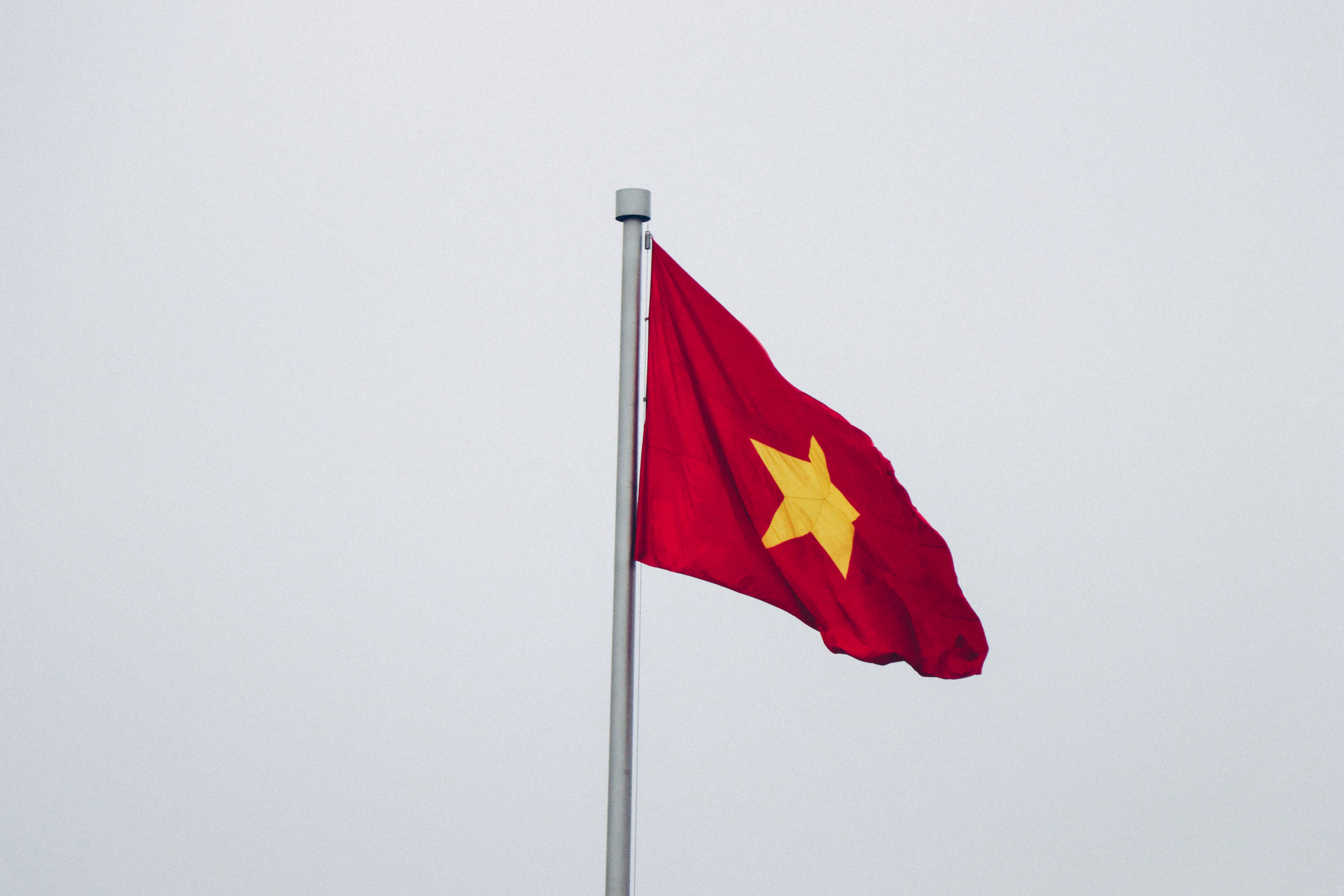But developing a native high-tech industry is not that simple
Apple's future could be in Vietnam. For more than ten years, the Southeast Asian country has been an absolute leader in attracting the biggest technology brands: from Samsung, to Xiaomi, to Intel. And Steve Jobs' company is also producing components for the AirPods here, as well as testing the manufacturing of smartwatches and laptops. Being able to fit into the supply chain of these more complex devices would be a great success for the manufacturing industry in Hanoi.
Vietnam has in fact recorded a growth in the export of technological goods unmatched by any other Asian country. From 13% in 2010, in just ten years, high-tech components have become 42% of the export. Moreover, in recent years the rising cost of inflation in Chinese manufacturing centers has prompted many producers to move their factories to Vietnam, where workers' wages are lower. First the trade war between Washington and Beijing and then the continuous and tight lockdowns in China, have incentivized companies, including Apple, to move to the country. But Hanoi's ability to attract foreign companies to work the components of technological devices in the country goes hand in hand with the difficulty in bringing out an industry of its own. According to reports published by the Ministry of Industry and Commerce in 2019, Vietnam has lagged behind most of its neighbors in the technology sector.
In previous years, the so-called “Asian tigers” have shown that growing in quality, from being part of the assembly line to becoming a real producer, is possible. Examples are the economies of China, Taiwan and South Korea, which, starting from a base of low-cost products, have turned their industries towards automotive and robotics. Vietnam has similar characteristics to these countries: low production costs, available manpower and an industrial policy coordinated by the state. However, two major problems loom: the lack of adequate infrastructure and highly skilled labor. In fact, managers and skilled workers make up only 10.7% of the entire Vietnamese workforce, the lowest percentage of all the major economies of Southeast Asia. Furthermore, in China for example, entire areas are dedicated to the creation of a single product; Vietnam, on the other hand, does not have these agglomerations. Its industries are scattered throughout the country and poorly integrated.
It remains, then, to clarify whether the success achieved by the "Asian tigers" decades ago can still be replicated today, with a globalized economy transformed by the domination of the Chinese manufacturing sector. The role of Hanoi therefore still remains uncertain: in balance between continuing to be a reliable part of the production chain and, at the same time, ready to develop a strategy to enter the international market. Of course, success in high-tech would mean becoming competitive with big Asian brands, such as the Chinese Oppo or the Malaysian Silterra. But any failure, says the director of the Mekong Development Research Institute Phung Tung, would condemn the country to be "forever a component of the supply chain", with the disastrous consequences of stagnation, social inequality and debt crises.
The solution to continue to attract foreign companies to the territory and, at the same time, develop an autonomous growth strategy, places Vietnam in front of a dilemma: the training of the workforce will increase the country's chances of launching itself into the high-tech industry, but it will also lead to an increase in wages, encouraging foreign producers to relocate elsewhere, such as Cambodia.






